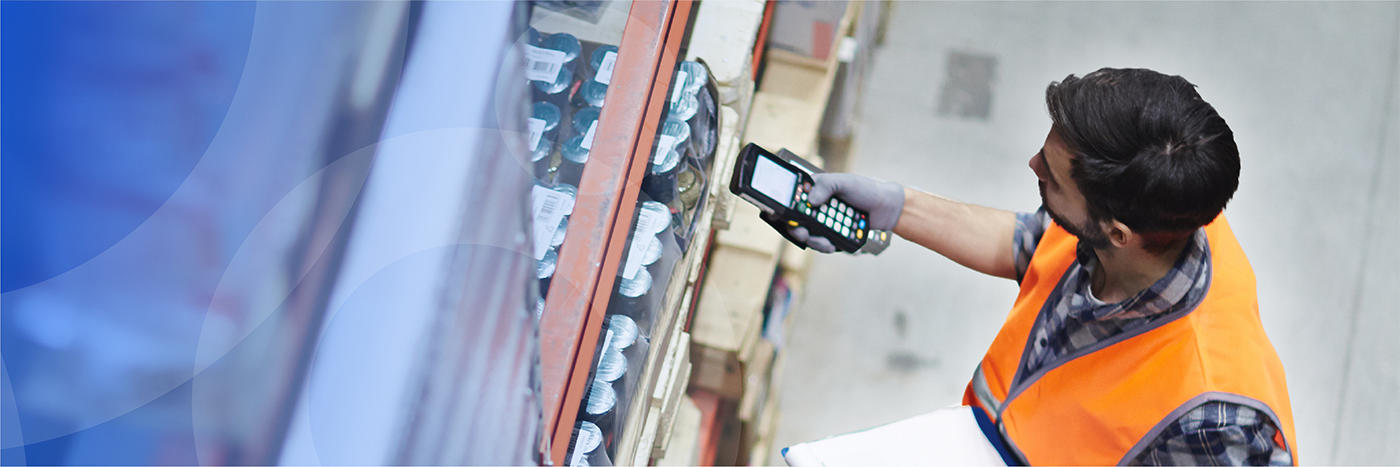
In today’s fast-paced and complex work environments, mobile devices are more than just communication tools—they are lifelines for productivity, real-time data access and operational efficiency. Rugged devices are built to operate where traditional electronics fail. From warehouses to emergency vehicles, rugged devices like scanners, printers and tablets play a vital role in keeping teams connected and productive under pressure.
As technologies evolve, so does the need for intelligent management. Mobile Device Management (MDM) ensures rugged fleets stay secure, connected and optimized for performance.
Watch more here: SOTI TV Episode 4: The Hidden Costs Killing Your Mobile Operations (And How to Fix Them)
Key Features of a Rugged Device and the Industries they are Transforming
Rugged devices are mobile tools specifically engineered with key features that allow them to operate in harsh conditions that would typically damage or disable standard consumer electronics. The ability to withstand high temperatures, dust, and moisture makes rugged devices essential in mission critical industries where reliability is non-negotiable.
Key Features of a Rugged Device Include:
-
Durability: Built to withstand drops, extreme temperatures, moisture, and rough handling
-
Reliable Connectivity: Maintains strong performance in remote or fast-moving environments
-
Long Battery Life: Supports long shifts without needing frequent recharging
-
Multi-Purpose Functionality: Integrated with tools like barcode and RFID scanners, cameras and touchscreens that work even in harsh weather or with gloves
While traditionally associated with industrial sectors, rugged technology has become crucial across a wide range of industries:
-
Emergency Services: First responders, police and firefighters use rugged devices to access real-time dispatch data, maps, and communication tools in high-risk situations. Whether in rain, smoke or hazy conditions, rugged technology ensures they stay connected and operational
-
Field Services: Technicians working outdoors, in remote areas, or in industrial settings rely on rugged devices to perform diagnostics, complete work orders, and submit reports from the field. Durability and long battery life help them stay productive
-
Retail: Rugged handhelds streamline inventory checks, price verifications, and staff communications. Whether it’s a warehouse, stockroom or sales floor, rugged devices are more durable and able to withstand drops, spills and dust
-
Transportation & Logistics: From warehouse operations to delivery routes, rugged tablets and scanners support scanning, tracking and route updates on the go. Their long battery life allows drivers to complete routes without interruptions
In Episode 5 of SOTI TV, Rugged Technology & The Future of Mobility, Wes Pereyra, Senior Sales Engineer at Zebra Technologies, explains how rugged tools drive voice-activated workflows, RFID scanning and real-time data capture in industries like healthcare and logistics. These capabilities are essential for frontline workers operating in unpredictable, high-pressure environments.
By minimizing device downtime and repair costs in tough environments, rugged technology helps maintain operational continuity and supports better decision-making in critical situations.
The Role of MDM in Managing Rugged Devices
Managing these devices isn’t just about keeping them running—it’s about staying ahead of the curve. These devices are increasingly integrated with real-time performance monitoring, allowing organizations to proactively detect issues before they occur. As more mobile and rugged devices are deployed in the field, the need for centralized management and security becomes critical. This is where Mobile Device Management plays a pivotal role.
-
Streamlining Deployment and Configuration
MDM solutions enable organizations to remotely configure rugged devices before they reach the hands of end users. This includes installing necessary apps and setting up network settings and security policies.
-
Enhancing Security and Compliance
These devices often carry sensitive data or connect to critical infrastructure. MDM ensures that security protocols such as remote wipe, lockdown and geofencing are consistently applied across all devices.
-
Real-Time Monitoring and Support
MDM software provides visibility into device health, location, battery levels and network status. If a device encounters issues, IT teams can remotely troubleshoot or take control of the device to resolve problems, minimizing downtime and improving efficiency.
-
Lifecycle Management
MDM simplifies the entire lifecycle of a rugged device. Organizations can track wear and tear, usage patterns and system health metrics, helping them determine when a device needs to be replaced.
Future Trends and Innovations in Rugged Technology
Rugged technology is evolving beyond just physical toughness to be smarter and more integrated into modern field operations. As highlighted in SOTI TV Episode 5, the future of rugged devices lies in intelligence, not just durability. With innovations like AI-powered diagnostics and context-aware automation, these devices are set to transform how businesses operate in demanding environments, enabling faster decisions, fewer disruptions and more efficient workflows.
-
1. Integration of AI and Edge Computing
-
Rugged devices are gaining AI at the edge, enabling real-time data analysis for predictive maintenance, visual inspections and smart decision-making.
-
2. 5G and Enhanced Connectivity
-
With faster speeds and lower latency, 5G unlocks new possibilities for rugged devices in remote or high-traffic areas.
-
Expect improved communication, real-time collaboration and better support for networks.
-
3. Context-Aware Automation
-
Devices are becoming smarter about their surroundings, using sensors and AI to trigger automated actions based on context, reducing the need for manual input.
-
4. Wearables and Hands-Free Solutions
-
Rugged smart glasses, headsets and wearable scanners are gaining popularity in sectors like logistics, healthcare and field services, allowing workers to access data and instructions without breaking workflow.
-
5. Enhanced Security with Biometrics
-
Biometric authentication, such as fingerprint or facial recognition, is being built into more rugged devices to secure access in high-risk environments.
As rugged technology continues to evolve, its role in driving efficiency and innovation across industries grows as well. Organizations that embrace rugged devices are equipped to meet today’s challenges. When integrated effectively with MDM, rugged devices deliver the resilience and responsiveness required in extreme environments and dynamic workforces.




